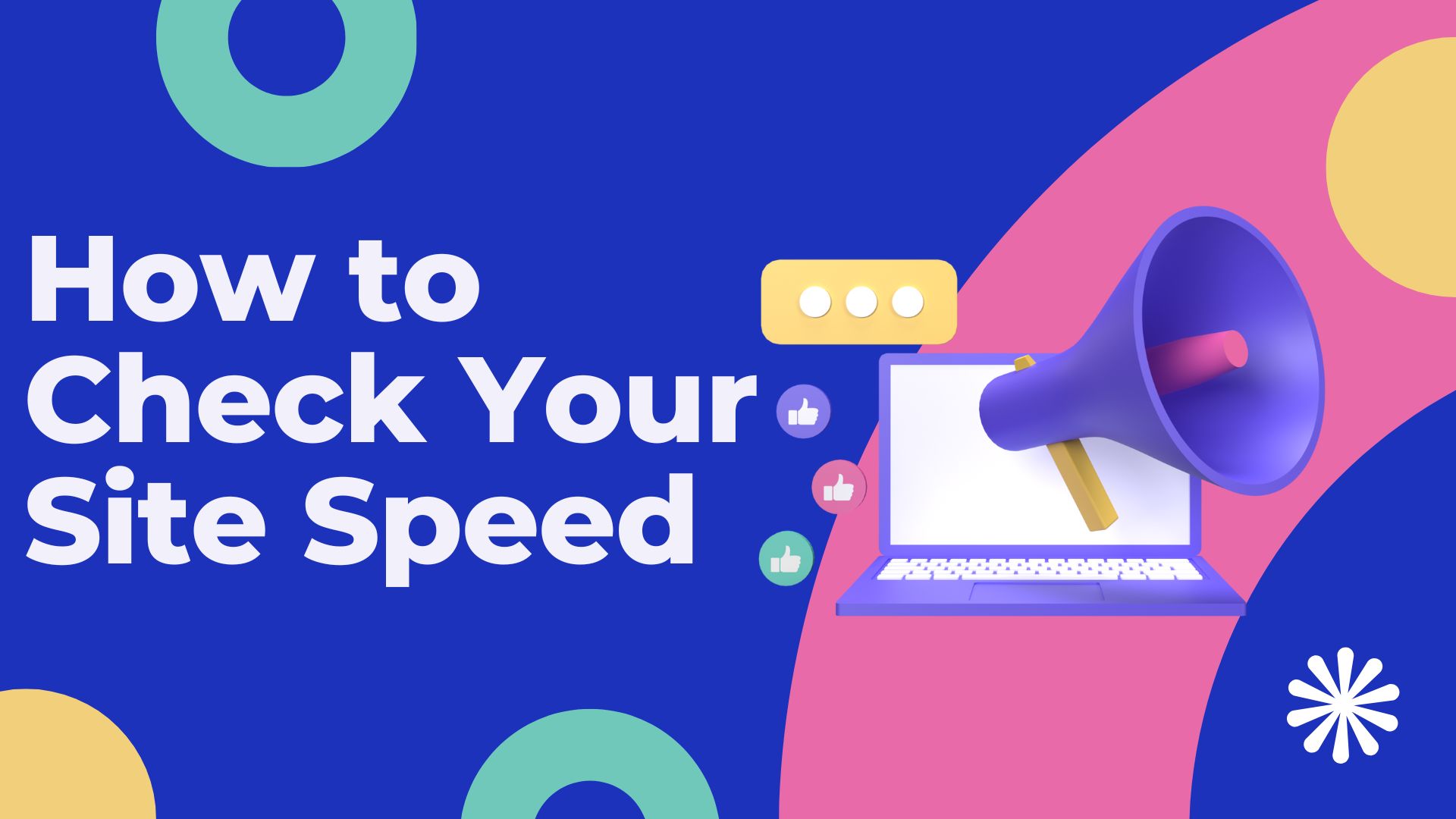Since the digital world runs on the pace set by site speed, it becomes a vital part of the user’s experience and SEO realm. So depending on whether you maintain a blog, have an ecommerce website, or operate a corporate site, learning to check site speed for SEO is crucial for better ranking and organic traffic.
In this guide, we will discuss:
- What is site speed in SEO and why is it important
- How does site speed impact SEO rankings
- Why is site speed important for SEO
- How fast should a site load for good SEO
- Tools to use as an organic traffic checker
- Step-by-step guide on how to test and optimize site speed
What Is Site Speed in SEO and Why Is It Important?
Depending on the search engine, one generally refers to site as the ranking factor that considers the speed at which a website loads. To put it simply, slow loading time means low ranking.
Why It’s Important:
- User experience: A slow site frustrates users, leading to higher bounce rates.
- Mobile-first indexing: Google indexes and ranks content based on mobile performance, where speed is even more critical.
- Conversion rates: Faster sites tend to retain visitors and convert better.
Key Metrics for Site Speed:
- First Contentful Paint (FCP) – duration to render the first text or image.
- Largest Contentful Paint (LCP) – time for displaying the largest content.
- Time to Interactive (TTI) – time the user has to wait before he can completely use a page.
- Cumulative Layout Shift (CLS) – visual stability of your site.
How Does Site Speed Impact SEO Rankings?
Back in 2018, a ranking factor for site speed was identified by Google itself, especially when it came to mobile ranking. Following is some insight:
- Search bots crawl faster websites more efficiently.
- Improved site speed reduces bounce rates, signaling quality to Google.
- Faster pages lead to better user engagement, boosting dwell time and SEO metrics.
Concerning the question of “How does site speed affect SEO ranking?”, there is little to answer: slow and heavy-shouldered websites hardly get preference on search engine result pages (SERPs).
Why Is Site Speed Important for SEO?
Let’s break it down:
- Better crawling & indexing: Faster sites allow Googlebots to crawl more pages.
- Higher engagement metrics: Speed boosts time-on-page and reduces bounces.
- Improved mobile performance: Critical for ranking on mobile-first SERPs.
- Direct influence on Core Web Vitals: Google’s page experience signals focus on speed.
In short again, why is site speed important for SEO? Because it affects user experience and ranking algorithms set down by Google.
How Fast Should a Site Load for Good SEO?
If you’re wondering how fast should a site load for good SEO, here’s what Google recommends:
- Under 2.5 seconds for Largest Contentful Paint (LCP)
- Less than 100 milliseconds for First Input Delay (FID)
- Cumulative Layout Shift (CLS) score below 0.1
A rough estimate: your site should load in about 2–3 seconds. The traffic drops and conversions fall very sharply with each passing single extra second.
How to Check Site Speed for SEO
Now let’s get to the actionable part — how to check your site speed for SEO optimization.
1. Google PageSpeed Insights
- URL: https://pagespeed.web.dev/
- Offers performance score for both mobile and desktop.
- Highlights Core Web Vitals and suggests improvements.
2. GTmetrix
- URL: https://gtmetrix.com
- Offers detailed breakdowns like load time, total page size, and waterfall charts.
- Great for developers optimizing back-end performance.
3. Pingdom Tools
- URL: https://tools.pingdom.com
- Good for real-world speed testing and uptime monitoring.
4. WebPageTest
- URL: https://webpagetest.org
- Provides waterfall charts and multi-step performance insights.
5. Chrome DevTools (Lighthouse)
- Access via Chrome → F12 → “Lighthouse” tab.
- Ideal for local testing of Core Web Vitals and diagnostics.
Bonus: Using an Organic Traffic Checker
While site makes up the bare minimum worth optimization, measuring how well it impacts your organic traffic is always good to do. Throw in an organic traffic checker to see if those improvements work on your SEO.
Best Tools to Track Organic Traffic:
- Google Analytics 4 (GA4): Monitor real-time traffic, bounce rates, and engagement.
- Google Search Console: Tracks search impressions, click-through rates, and core vitals.
- Ahrefs / SEMrush / Ubersuggest: Provides in-depth organic keyword traffic and backlinks data.
With a combination of site speed tools and an organic traffic checker, you can measure both the technical side of things and the SEO improvements gained.
How to Improve Your Site Speed
After testing, it’s time to fix issues. Here are effective strategies:
1. Use Fast Hosting
Choose performance-optimized hosting (like VPS or cloud-based).
2. Enable Caching
Implement browser and server-side caching to reduce load times.
3. Optimize Images
Compress and use next-gen formats (like WebP).
4. Minify Code
Reduce CSS, JavaScript, and HTML file sizes using tools like Minify or Gulp.
5. Use a CDN
Distribute content globally for faster delivery using Cloudflare or AWS CloudFront.
6. Reduce Redirects
Minimize unnecessary redirects that slow down page loading.
Final Thoughts
Site optimization can no longer be confuted in the competing online market of today. An understanding of what site speed is in SEO and why it is important, knowledge of its effects on SEO rankings, and the procedures for checking site for SEO will allow you to design a site that is faster, user-friendly, and also SEO-optimized.
Combining these speed techniques with an organic traffic checker will help you track solid results — so that you increase your ranking and gain users who stay.
